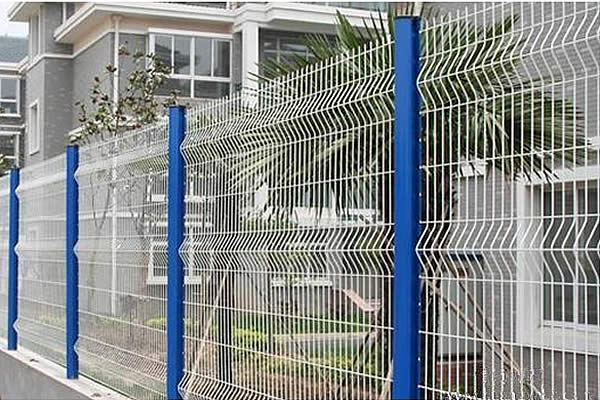 TEL:
+86-13102802206
TEL:
+86-13102802206
 Email:
fencenetting@china.com
Email:
fencenetting@china.com
 Language
Language
 TEL:
+86-13102802206
TEL:
+86-13102802206
 Email:
fencenetting@china.com
Email:
fencenetting@china.com
 Language
Language


The Versatility of Gabion Wall Cages in Modern Construction
Gabion wall cages have emerged as a popular and innovative solution in modern construction and landscape design. These structures, consisting of wire mesh baskets filled with rocks, gravel, or other materials, serve a multitude of purposes, including erosion control, flood protection, and aesthetically pleasing landscaping features.
One of the primary advantages of gabion walls is their environmental compatibility. Made from natural materials, they blend seamlessly into the surrounding landscape. This consistency with the natural environment makes gabion walls an attractive option for developers and municipalities seeking to maintain the ecological integrity of an area. Unlike traditional concrete walls, which can disrupt natural drainage patterns and wildlife habitats, gabion walls allow for better water permeation, reducing the risk of flooding and soil erosion.
In terms of functionality, gabion walls are incredibly versatile. They can be used in a variety of applications including retaining walls, fences, and sound barriers. Their modular construction allows for easy transportation and installation, making them an ideal choice for construction sites where time and budget are constraints. Furthermore, they can be adapted to fit specific site conditions, allowing for unique designs that other materials cannot accommodate.
The structural stability of gabion wall cages is another significant benefit. When properly engineered, these walls can withstand high-load conditions, such as the pressure from soil and water. Over time, as the materials inside the cages settle and compact, gabion walls become even stronger. Additionally, the use of natural stone or recycled materials within the cages can provide a sustainable alternative to typical construction materials, contributing to overall green building practices.

From an aesthetic perspective, gabion walls can enhance the beauty of any landscape. The choice of stone, the arrangement of the cages, and the possibility of integrating vegetation can create stunning visual elements in gardens, parks, and urban settings. Many designers are using gabions to create unique garden borders, seating areas, and decorative sculptures, all while benefitting from their structural integrity and ecological advantages.
Moreover, gabion wall cages are a cost-effective solution compared to traditional retaining walls. The materials used can often be sourced locally, which reduces transportation costs and environmental impact. Maintenance is typically minimal, as the stone infill is durable and resilient to weathering, requiring little upkeep over time.
Despite their many advantages, it is essential to note that proper design and installation are critical to the effectiveness of gabion walls. Factors such as site drainage, soil composition, and loading conditions must all be considered to ensure that these structures perform as intended.
In conclusion, gabion wall cages represent a remarkable fusion of functionality, sustainability, and aesthetics in the realm of construction and landscaping. Their ability to blend with the environment while serving essential engineering functions makes them an excellent choice for a wide range of applications. As more developers and designers recognize the benefits of gabion walls, it is likely that their popularity will continue to grow, paving the way for more environmentally friendly and innovative construction practices. Whether used for practical or decorative purposes, gabion wall cages are a testament to the potential of natural materials in modern architecture.